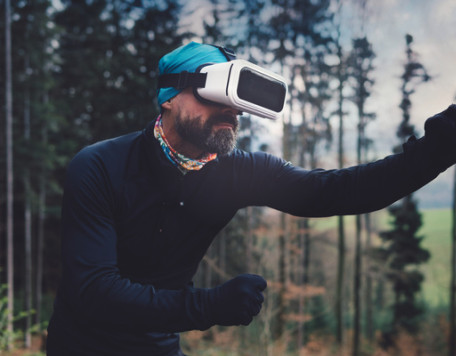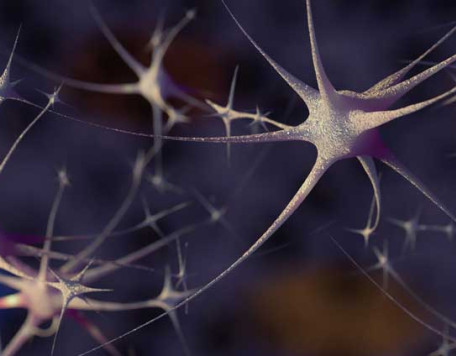© Pint of Science, 2025. All rights reserved.
The National Centre for the Replacement, Refinement and Reduction of Animals in Research (NC3Rs) was set up in 2004 to help scientists replace their use of animals and, where this is not possible, reduce the number of animals used and refine the care of the animals to keep pain and suffering to a minimum. There are many ways to achieve these aims, which are known collectively as the 3Rs. Come along to hear about how 3Rs research is not only improving the welfare for animals used in research, but driving forward more reproducible and better science.
Blood Clots on a Chip
A blood clot in your coronary artery is the most common cause of a heart attack. In my lab, we study how this clotting happens so that we can find new ways to prevent it. Although experiments with animals have taught scientists a huge amount about clotting in the past, we are increasingly turning to new microfluidic techniques with human cells. In this talk, I’ll be talking about how developing these techniques gives us new insights into what controls clotting in the heart.
Building brains to break barriers
How do we study the human brain? We have very limited access to human brains, especially during early stages of development. To study the brain, we often rely on animal models, however our brain is very different compared to rodents. Stem cells have the potential to generate different types of tissues including brain. When we put stem cells in a supportive environment with the right cues, they can multiply and specialise into different cell types, creating a mini-version of an organ: that’s what we call an organoid!
Taking the mouse out of the lung cancer model
Lung cancer doc and researcher at University of Cambridge. Enthusiast for 3Rs research. Vision: understand what drives lung cancer and develop ways to prevent it. Into anything to do with growing lungs in the lab and using models to understand normal physiology and disease mechanisms.
Map data © OpenStreetMap contributors.
Other The Castle Bar events
2025-05-19
Change your Brain: Relationships, Ideologies and Virtual Reality
The Castle Bar
37 St Andrew's Street, Cambridge, CB2 3AR, United Kingdom
2025-05-21
Regrowing the brain: Treating Neurodegeneration
The Castle Bar
37 St Andrew's Street, Cambridge, CB2 3AR, United Kingdom



